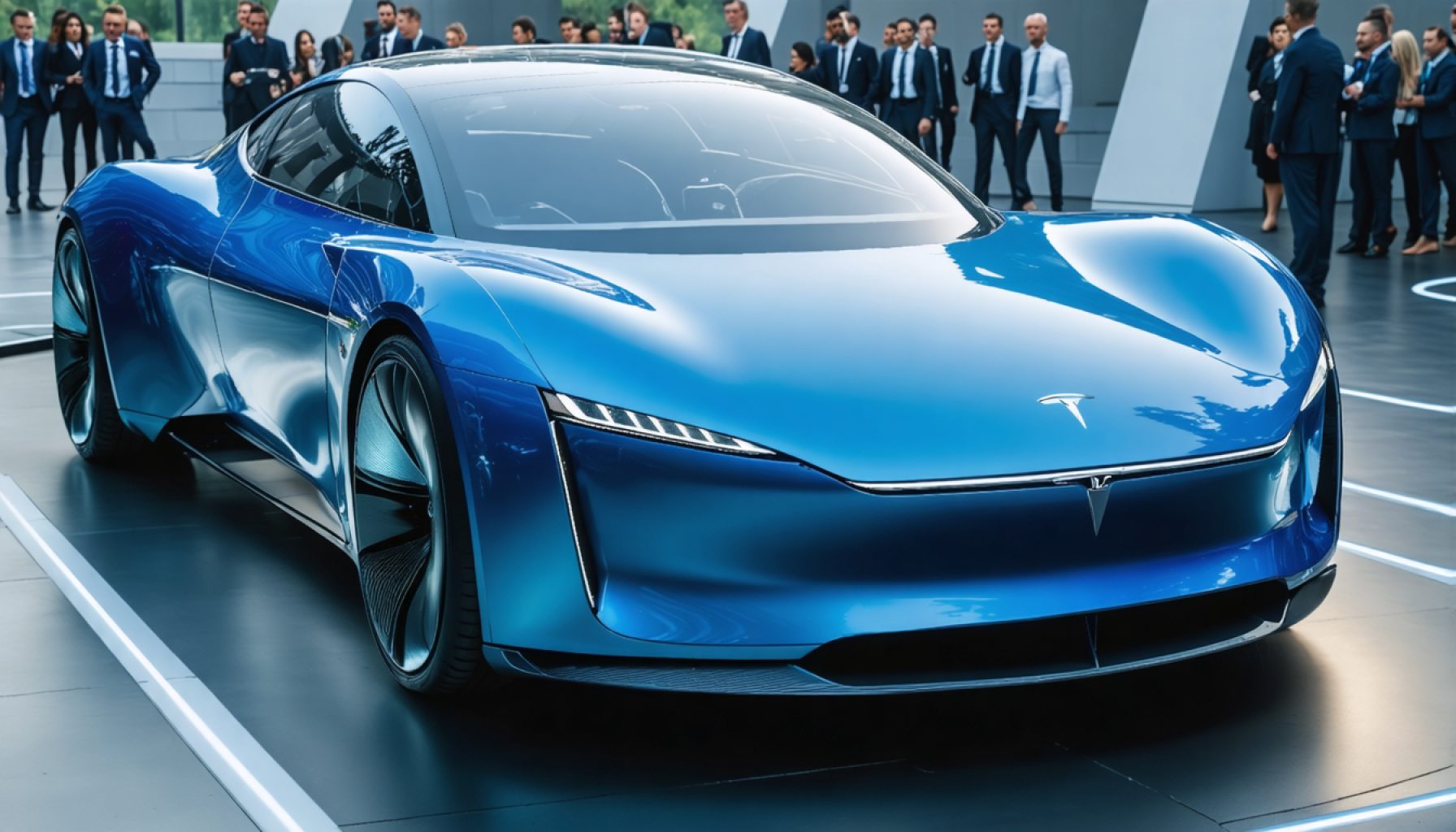- BYD is strategically positioning itself as a global leader in battery electric vehicles (BEVs), challenging Tesla’s dominance.
- BYD’s innovative 1,000-kW ultra-fast charging technology surpasses Tesla’s Supercharger, setting a new industry standard.
- BYD’s first-quarter BEV sales reached 416,388 units, exceeding Tesla’s 336,681 units, highlighting Tesla’s declining market share.
- Analysts predict BYD could overtake Tesla by 2025, with a forecasted 15.7% global market share.
- BYD benefits from supportive domestic policies that encourage innovation, while Tesla faces challenges from geopolitical issues and supply chain uncertainties.
- The evolving competition between BYD and Tesla reflects a broader shift in defining sustainable mobility solutions globally.
The relentless behemoth that is BYD has, in the shadow of Tesla’s once-unassailable presence, been quietly but determinedly positioning itself as a potential global leader in battery electric vehicles (BEVs). A formidable surge in technological innovation, coupled with a vertically integrated production model, has revived the age-old narrative of David versus Goliath in the automotive world, where the seamless integration of resources has lent BYD a razor-sharp competitive edge.
Amid this burgeoning showdown, BYD has harnessed the power of a thousand suns—or at least the equivalent in catalytic efficiency—with its groundbreaking 1,000-kW ultra-fast charging technology. These high-velocity charging feats outshine Tesla’s Supercharger, setting an industry benchmark that could recalibrate consumer expectations globally.
At a glance, numbers capture the story: in the first quarter, BYD’s passenger BEV sales surged past Tesla’s for the second consecutive quarter, with a notable 416,388 units sold. Meanwhile, Tesla grappled with geopolitical hiccups and cooling sales, delivering just 336,681 units. This faltering in Tesla’s domain, down almost 13 percent from the same period a year prior, hints at cracks beneath its market dominance.
The intricate dance of market forces and strategy has some analysts putting BYD ahead of Tesla by 2025. The backdrop? CEO Elon Musk’s increasingly polarizing political entanglements have catalyzed a consumer backlash in key markets within the US and Europe, a reality mirrored in the company’s slumping sales figures. Furthermore, the intensifying US-China trade tensions cloud Tesla’s supply chains with uncertainty, threatening to derail its momentum.
For BYD, bolstered by robust domestic policies that foster innovation and expansion, this is a gilded gateway to lead globally with a predicted 15.7 percent market share by 2025. This milestone would underscore the triumph of ambition and strategy over size and tradition. As Liz Lee from Counterpoint eloquently framed it, Tesla’s missteps could become the catalyst for BYD’s ascent, a reminder that in the rapidly evolving world of electric vehicles, being nimble and perceptive can eclipse sheer scale.
As the dawn of 2025 approaches, the automotive landscape is poised at a crossroads. The question isn’t just about who will sell more cars, but who will redefine mobility for a carbon-conscious world. In this electric pulse of progress, BYD and Tesla are not just sparring over market dominance; they’re writing the blueprint for the future of transportation.
BYD vs. Tesla: The Battle for Electric Vehicle Supremacy Heats Up
The Rise of BYD in the Electric Vehicle Market
BYD (Build Your Dreams) has been steadily climbing the ranks in the global electric vehicle (EV) market, emerging as a formidable competitor to Tesla. With its strategic advantages, BYD is reshaping the landscape of battery electric vehicles (BEVs) through its innovative approaches and robust market strategies.
How BYD is Outpacing Tesla
1. Technological Innovations: BYD has introduced a groundbreaking 1,000-kW ultra-fast charging technology that rivals, if not surpasses, the capabilities of Tesla’s Supercharger network. This advancement significantly reduces charging time, making EVs more appealing to consumers and setting a new industry standard.
2. Vertically Integrated Production: Unlike many of its competitors, BYD maintains control over its entire production process—from battery production to final vehicle assembly. This vertical integration allows for cost efficiencies and rapid innovation, giving BYD a competitive edge.
3. Sales Domination: In recent quarters, BYD has surpassed Tesla’s sales in the passenger BEV segment. In the first quarter alone, BYD sold 416,388 units compared to Tesla’s 336,681 units, showcasing its growing influence in the market.
Geopolitical Challenges and Market Dynamics for Tesla
Tesla’s market dominance is being challenged by several factors:
– Political Entanglements: Elon Musk’s engagement in politically sensitive topics has sparked controversies that may have alienated parts of Tesla’s customer base, particularly in key markets like the US and Europe.
– Supply Chain Uncertainties: The ongoing US-China trade tensions introduce uncertainties in Tesla’s supply chain, potentially hampering production and distribution.
EV Market Trends and Predictions
– Global Market Share: Analysts predict that BYD could capture a 15.7% market share by 2025, positioning itself as a global leader in the EV market.
– Consumer Preferences: With increasing consumer demand for sustainable and fast-charging vehicles, companies like BYD are well-positioned to capitalize on evolving market trends.
Pros and Cons Overview
– BYD:
– Pros: Rapid technological advancements, cost-efficient production, expanding global sales.
– Cons: Relatively lower brand recognition outside of China, reliant on domestic policies for growth.
– Tesla:
– Pros: Strong brand presence, established charging infrastructure, early market entry advantages.
– Cons: Political controversies, supply chain risks, competition from emerging players like BYD.
Actionable Recommendations for Consumers
1. Evaluate Charging Infrastructure: Consider the availability and speed of charging options for your EV, as these can affect convenience and overall satisfaction.
2. Research Manufacturer Policies: Stay informed about the geopolitical and market dynamics that may impact the availability of certain vehicles and technologies.
3. Explore Incentives: Look into federal and local incentives that can offset the initial cost of purchasing an EV.
For more details on advancements in electric vehicles, visit the official websites of leading EV manufacturers like BYD and Tesla.
As we approach 2025, the competition between BYD and Tesla will continue shaping the future of electric vehicles, ultimately driving innovation and redefining mobility for a sustainable world.
